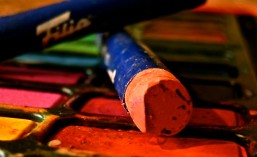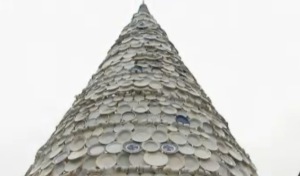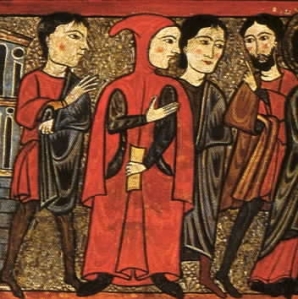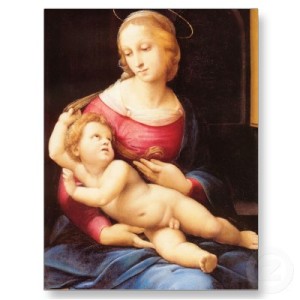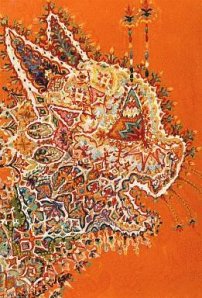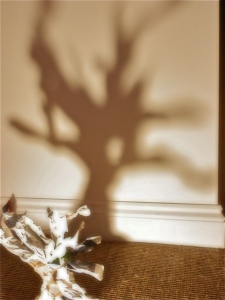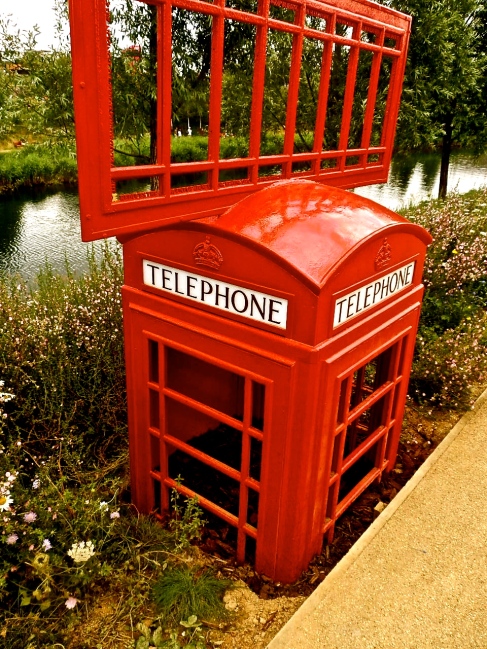Christmas is just round the corner and I’m sure many of you will be thinking about buying a Christmas tree soon. There is one Christmas tree that I found this year that has particularly caught my eye, and it’s in the town of Hasselt, Belgium.
Instead of buying a ‘normal’ Christmas tree, this town has created one out of plates and other pieces of china! From what I’ve learnt from the news, not all the locals love it and would have preferred a real one. One woman even said that she thought it looked too bare.
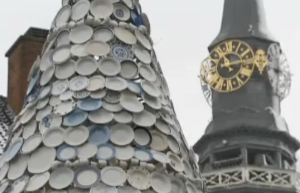
Thinking about it I think it would be fun if my town had a piece of huge artwork displayed instead of a Christmas tree. The tree that my town has is not that interesting. It has a few lights on it, but it looks just like the one before that and the one before that etc. I think having some art that looks like a tree would be far more interesting. The tree has far more texture to it from the different sized plates. It would also illuminate in the dark because of the vivid white of the china. I think it’s a beautiful piece of work particularly as the plates aren’t all the same. There are also layers of cups randomly placed.
However, if it came to whether I had a piece of art like that for a Christmas tree or a real tree for my home, I think I would always pick the tree. This isn’t because I’m a traditionalist or because I love the smell of a tree (but it is a nice smell!), it’s because a piece of art like that should be appreciated. A piece like that, which is so intriguing and different shouldn’t be locked away from the public, instead it should be in the centre of the town.
I also love the fact that this art piece isn’t only there to celebrate Christmas; it also is there to celebrate the town’s solidarity. The people of the town donated all the plates and cups and when placed altogether, the tree symbolises the town coming together for this festive season. This is a lovely message to send out, which is why I wish my town did this for Christmas, instead of placing a tree in the middle of town and throwing a few lights round it, then we could send our own message out to celebrate this festive season. Just a thought…
